Tycho Brahe: Colorful life, accomplishments and bizarre death
The pioneering Danish astronomer changed the way scientists viewed the cosmos.
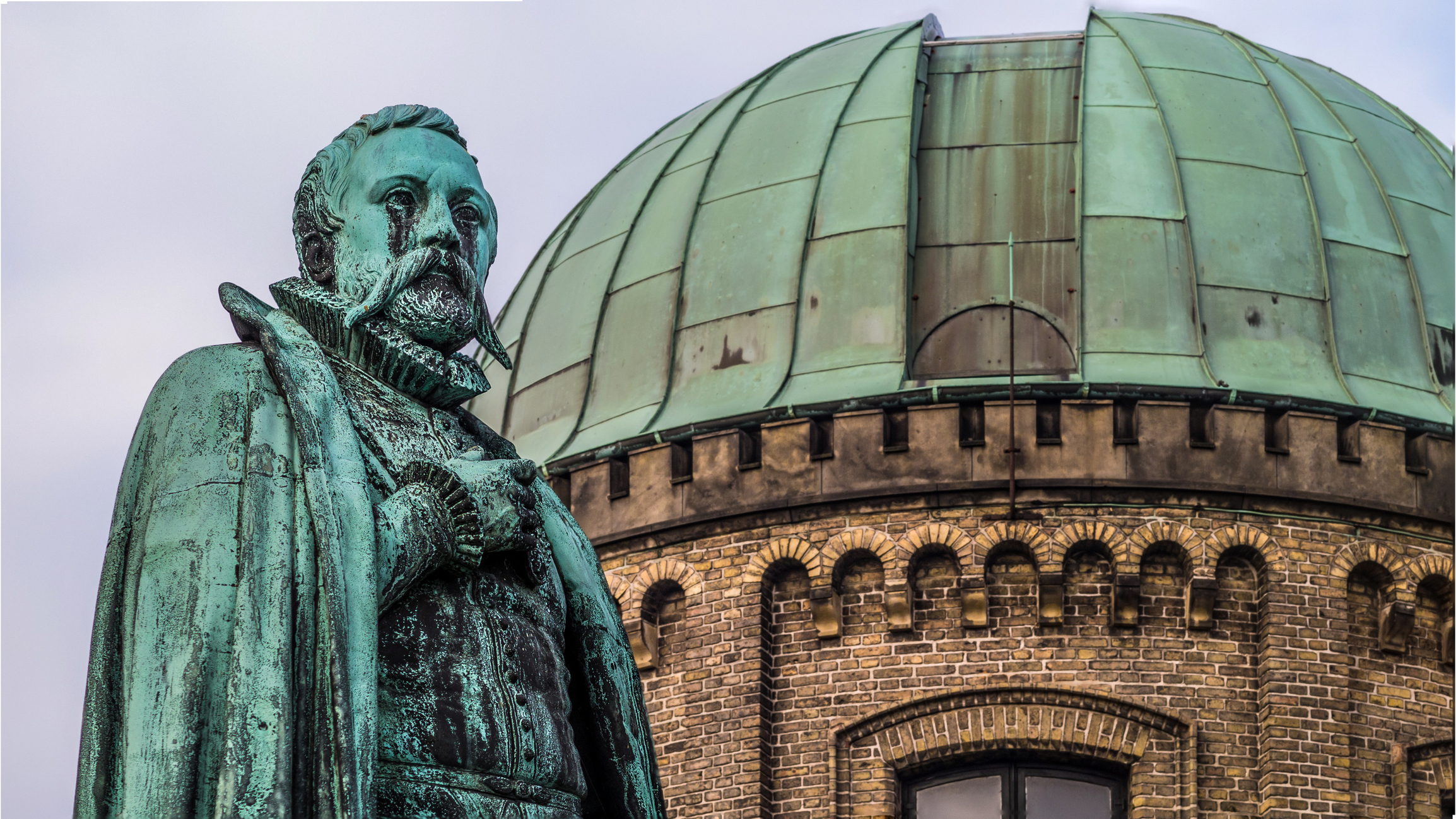
Danish astronomer Tycho Brahe made the most accurate celestial observations of his time and challenged the prevailing belief in how the universe was organized. And while most people may think of scientists as stodgy academic types, Brahe's flamboyant lifestyle and ignominious death would have made some of today's wild celebrities look like choirboys.
Born in Denmark in 1546, Brahe's parents were members of the nobility. He was raised by his wealthy uncle and attended universities in Copenhagen and Leipzig. Though he studied arts subjects with the intention of becoming a lawyer, Brahe chose instead to pursue astronomy.
In 1566, 20-year-old Brahe fought a fellow student in a duel over who was the better mathematician. As a result, he lost a large chunk of his nose. "It's the least desirable dueling scar. A dueling scar is a mark of aristocratic courage, but that's if you have a little line on your cheek or a little scratch on your forehead," John Robert Christianson, a Professor Emeritus of History at Luther College and the author of On Tycho's Island (Cambridge University Press, 2000) and Tycho Brahe and the Measure of the Heavens (Reaktion Books, 2020), told our sister publication All About History magazine. "Having half of your nose whacked off is not very appealing so he had to wear a prosthesis his whole life long. That was a source of ridicule on the part of his astronomical opponents."
Related: Famous astronomers: How these scientists shaped astronomy
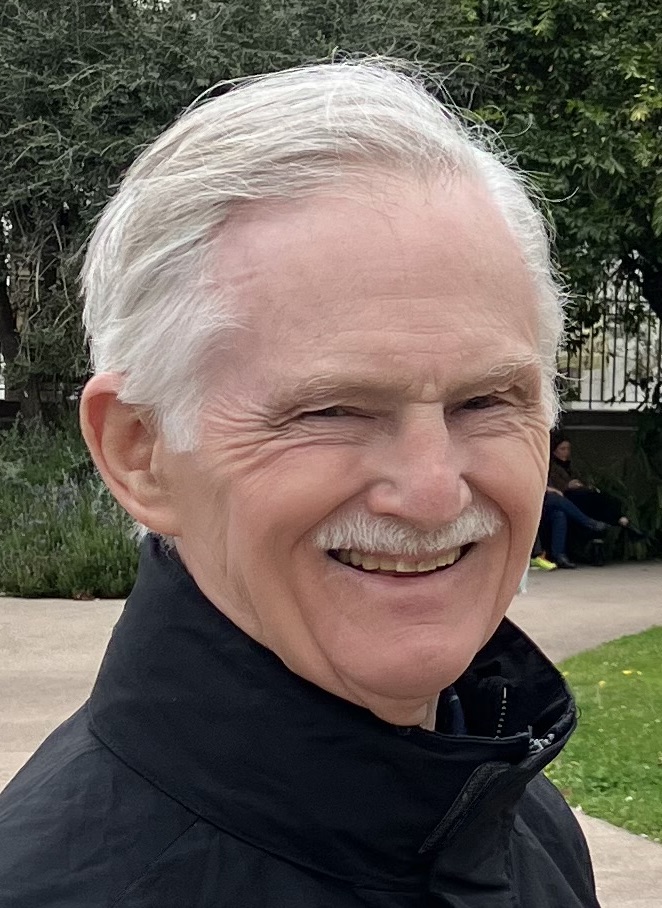
John Robert Christianson is Professor Emeritus of History at Luther College, Decorah, Iowa. He is the author of On Tycho’s Island (Cambridge University Press, 2000) and Tycho Brahe and the Measure of the Heavens (Reaktion Books, 2020).
Tycho Brahe pronunciation
When Brahe was born, his Danish name was Tyge Otteson Brahe. However, he adopted a Latinized form, Tycho Brahe, when he was about 15 years old. There is not much consensus about how the name is pronounced in English. Some say his first name is "tee-ko"; others say "tie-ko." His last name is pronounced either "brah," "bra-hay" or "bra-hee." He is sometimes referred to only by his first name, as in Tycho Crater on the moon, the Tycho Deep Space capsule and Tycho's Supernova Remnant.
Contribution to astronomy
Despite his colorful life, Brahe contributed a great deal to the field of astronomy. At the time, astronomers held to the idea that the heavens were composed of separate individual spheres, with everything revolving around Earth.
In 1572, Brahe observed a supernova in the constellation of Cassiopeia. Brighter than Venus, the new star remained visible for a year and a half. In 1577, he observed a comet. Current theory taught that both were disturbances in the atmosphere. However, Brahe's precise measurements revealed differently. He proved that the supernova never changed with regard to the surrounding stars and that the comet orbited beyond the path of the moon, contradicting the idea that the heavens never changed.
"Upon learning that Tycho intended to leave Denmark [in 1575] in order to pursue his interests in studying the universe, King Frederick granted him the island of Hven, and helped finance the building of his observatory there," Associate Professor of History at Swansea University and author of Bearing the Heavens: Tycho Brahe and the Astronomical Community of the Late Sixteenth Century (Cambridge University Press, 2007) Dr Adam Mosley told All About History magazine in an interview. "Tycho served as a kind of consultant to the royal court, commenting on and explaining unusual natural phenomena, such as the great comet of 1577, and he produced horoscopes for the royal family."
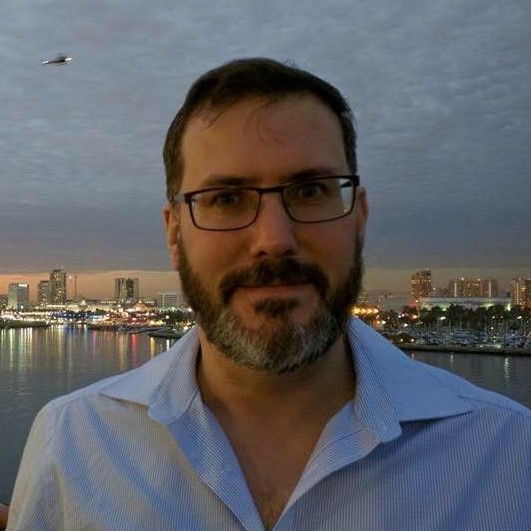
Dr Adam Mosley is an Associate Professor of History at Swansea University. He is the author of Bearing the Heavens: Tycho Brahe and the Astronomical Community of the Late Sixteenth Century (Cambridge University Press, 2007).
At his observatory, Brahe kept meticulous observations of the heavens. While most astronomers only focused on observing heavenly bodies at specific, unusual points in their orbits, Brahe intently tracked them in their entire visible orbit across the sky, creating the most precise observations made at the time. Some of his measurements were accurate to half an arc minute, which is especially admirable given that they were all made before the advent of the telescope.
Although Brahe's observations revealed the flaws of the current system, he did not embrace Nicolaus Copernicus' newly proposed sun-centered model. Instead, he offered a model that combined the two, setting the moon and sun in orbit around Earth even as the other five known planets circled the sun. The model became popular among those who wanted to leave the older view behind but weren't ready to embrace the idea of the sun at the center of the solar system.
Related: Geocentric model: The Earth-centered view of the universe
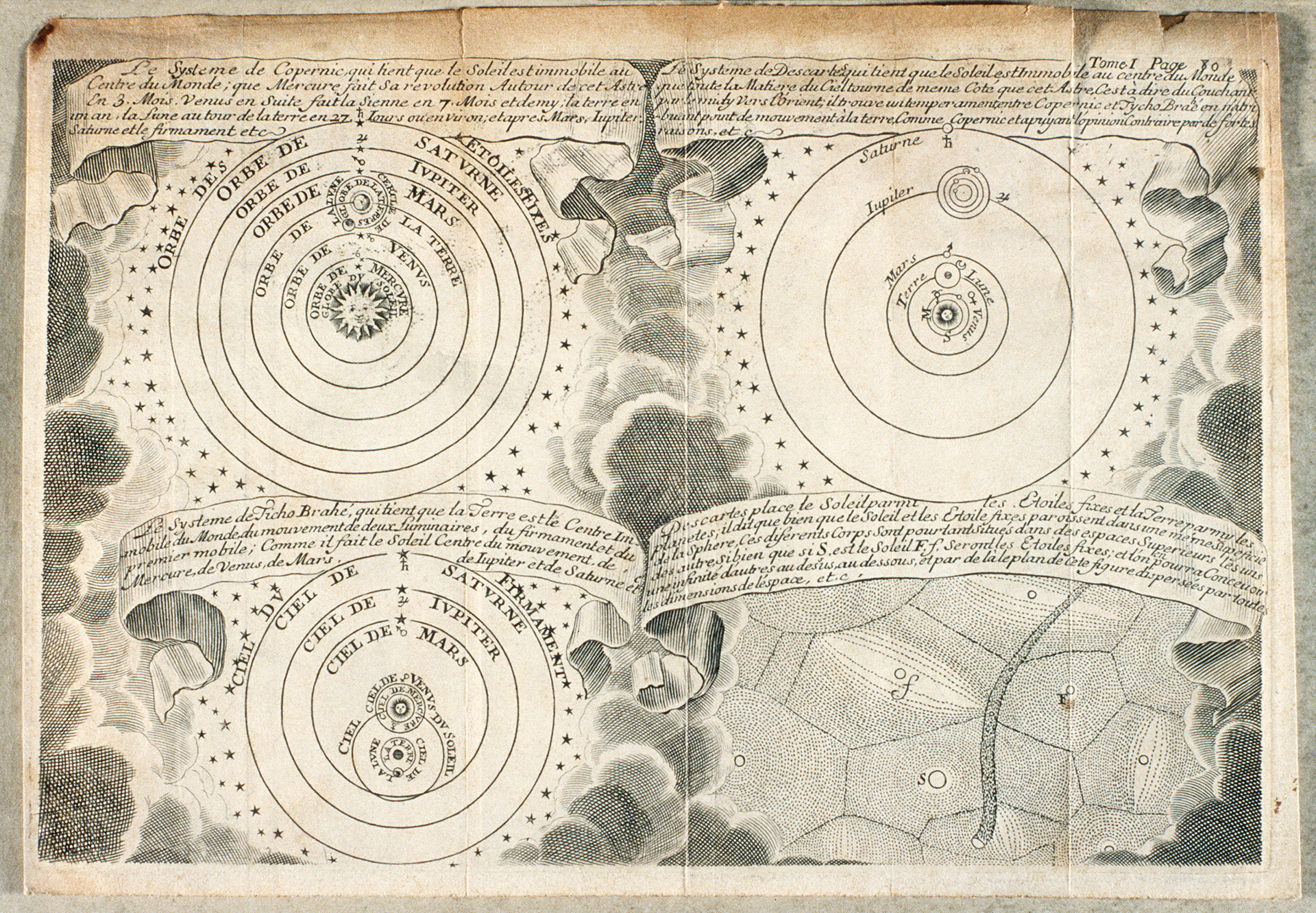
"In Tycho Brahe's geo heliocentric system, the planets moved around the sun, and the stars, sun, and moon moved around Earth, with Earth at the center of the universe," explained Mosley. "This geo heliocentric system was thought by Tycho Brahe, and by some astronomers and philosophers in the seventeenth century, to overcome some of the problems with the two alternative systems."
According to Rice University's Galileo Project, "Tycho Brahe's contributions to astronomy were enormous." In addition to his observations, he also designed and built instruments, periodically calibrating them and checking their accuracy. "He thus revolutionized astronomical instrumentation."
Another of Tycho's most impressive accomplishments was his use of statistical information. "This was his great contribution — he basically invented the concept of data. He was the first person to repeat an observation or experiment in order to verify it," stated Christianson. The vast body of data collected by Tycho not only helped him in his work but also served the astronomers who followed him.
Tycho's Observatory
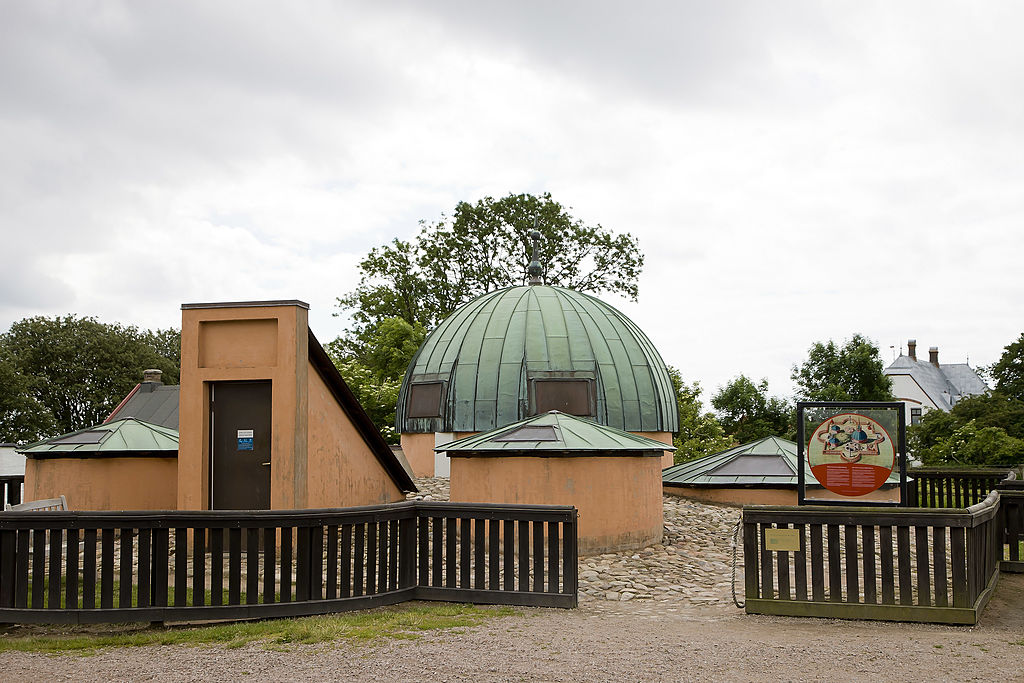
On the island of Hven, Tycho's scientific sanctuary was built and named Uraniborg. "You can still look out the window of the king's apartment at Kronborg Castle and you're looking right at that island," Christianson told All About History. "That was how the king chose that island. He gave it to Tycho Brahe and said: "I want you to continue to pursue your studies because you will bring fame to the Kingdom of Denmark. I want you to do it on that island within sight of the new castle that I'm building here. That will be the showplace of the realm and I want your little island to be part of that showplace." When monarchs built palaces at that time, you had to have a chamber of wonders — a display of marvelous things that are exemplars of your royal power and King Frederick II wanted Tycho Brahe to build that little island of wonders."
The elaborate Renaissance villa on Hven had towers on the outer sides which were part of his observatory and housed his large scientific instruments. Panels in the roofs of these towers could be removed to reveal the sky to those inside. At Uraniborg, Tycho carried out his observations for around 20 years. He made a variety of new instruments to help him in his work, ran his own printing press and educated and trained upcoming astronomers from around Europe. The island of Hven now has a Tycho Brahe museum where visitors can also see the ruins of his famous observatory.
How Kepler got his start
Brahe's precise measurements laid the foundation for a new understanding of the motion of the planets. German astronomer Johannes Kepler contacted him at the end of the 16th century in an effort to obtain copies of the Danish astronomer's research. Brahe countered with a suggestion that Kepler could work as his assistant, helping him to compile his data.
By this time, Brahe was based in Prague at the court of Holy Roman Emperor Rudolf II and worked as the Imperial Mathematician assisted by Kepler. Their relationship was often a fraught one, with Kepler wanting to use Brahe's data to support Copernicus' theory of heliocentrism, rather than help Brahe refine his own model of the universe. However, the two men continued to collaborate despite their differences.
Brahe suggested that Kepler work on solving the Mars dilemma that plagued astronomers. Because of its orbit, Mars appears to occasionally move backward across the sky, causing many astronomers to suggest epicycles, tiny circles within their orbit. Even Copernicus' suggestion that the planets orbited the sun in circles could not account for the red planet's strange motion.
After his death, the body of data that Brahe had accumulated during his lifetime proved to be particularly valuable, both intellectually, and importantly for his children, financially. "The Emperor offered to buy all of Tycho's instruments and his data but he was short on cash and so he made a down payment. For the rest of the lives of Tycho Brahe's children he continued, annually, to pay them the amount of the purchase," said Christianson. As the succeeding Imperial Mathematician, Kepler used the data purchased by the Emperor to further his own career and make a name for himself.
Kepler, using Brahe's detailed observations, realized that the planets moved around the sun not in circles but in stretched-out circles known as ellipses. However, the problem took him almost a decade to solve, and Kepler didn't publish it until well after Brahe's death.
A mysterious death
Brahe died in 1601 at the age of 54. While attending a banquet, societal customs did not allow him to excuse himself before his host. Brahe had drunk excessively but refused to leave to use the bathroom. It is thought that this exacerbated some kind of bladder infection the astronomer was suffering from and as a result, he developed uremia. According to Kepler in his account of his mentor's death, Brahe died five days after the banquet.
However, scientists who opened Brahe's grave in 1901 to mark the 300th anniversary of his death claimed to find mercury in his remains, fueling rumors that the astronomer was poisoned. Some even accused a jealous Johannes Kepler of the crime.
Brahe's body was exhumed again in 2010. Tests on his bones and beard hairs showed that mercury concentrations in his body were not high enough to have killed him.
"In fact, chemical analyses of the bones indicate that Tycho Brahe was not exposed to an abnormally high mercury load in the last five to ten years of his life," researcher Kaare Lund Rasmussen, an associate professor of chemistry at the University of Southern Denmark who analyzed mercury levels in Brahe's beard and bones, said in a statement.
However, further research revealed that the astronomer was exposed to high levels of gold in his lifetime. "We found traces of gold in Tycho Brahe's hair, and we can establish that he was exposed to gold while these hairs were still on his body," Rasmussen said in a 2016 statement.
"It may have been the cutlery and plates of gold, or maybe the wine he drank contained gold leaf. It's also possible that he concocted and consumed elixirs containing gold, or that he worked with alchemy,"
Researchers also found that greenish stains around the nasal areas of Brahe's corpse contained traces of copper and zinc, indicating that his fake nose was made of brass and not silver or gold, as many had believed.
"When we exhumed the body in 2010, we took a small bone sample from the nose so that we could examine its chemical composition," project leader Jens Vellev, an archaeologist at Aarhus University in Denmark, said the same statement. "Surprisingly, our analyses revealed that the prosthesis was not made of precious metals, as was previously supposed ... So Tycho Brahe's famous 'silver nose' wasn't made of silver after all."
Additional resources
To learn more about Tycho Brahe’s supernova, NASA has some useful resources. you Or, if you want to take a trip to Brahe’s observatory on the island of Hven, information can be found about the Tycho Brahe museum there on their official website.
Bibliography
Christianson, J. R. (2000). On Tycho’s Island. Cambridge University Press.
Christianson, J. R. (2020). Tycho Brahe and the Measure of the Heavens. Reaktion Books.
Mosley, A. (2007). Bearing the Heavens: Tycho Brahe and the Astronomical Community of the Late Sixteenth Century. Cambridge University Press.
O'Connor, J.J. and Robertson, E.F. (2003). Tycho Brahe. Retrieved from https://mathshistory.st-andrews.ac.uk/Biographies/Brahe/
Smith, Y. (2019, Oct 23). The Tycho Supernova: Death of a Star. NASA. Retrieved from https://www.nasa.gov/image-feature/the-tycho-supernova-death-of-a-star
Tycho Brahe (1546-1601) (1995). Retrieved from http://galileo.rice.edu/sci/brahe.html
The Astronomers Tycho Brahe and Johannes Kepler. Retrieved from https://chandra.harvard.edu/edu/formal/icecore/The_Astronomers_Tycho_Brahe_and_Johannes_Kepler.pdf
Join our Space Forums to keep talking space on the latest missions, night sky and more! And if you have a news tip, correction or comment, let us know at: community@space.com.
Get the Space.com Newsletter
Breaking space news, the latest updates on rocket launches, skywatching events and more!

Nola Taylor Tillman is a contributing writer for Space.com. She loves all things space and astronomy-related, and enjoys the opportunity to learn more. She has a Bachelor’s degree in English and Astrophysics from Agnes Scott college and served as an intern at Sky & Telescope magazine. In her free time, she homeschools her four children. Follow her on Twitter at @NolaTRedd










